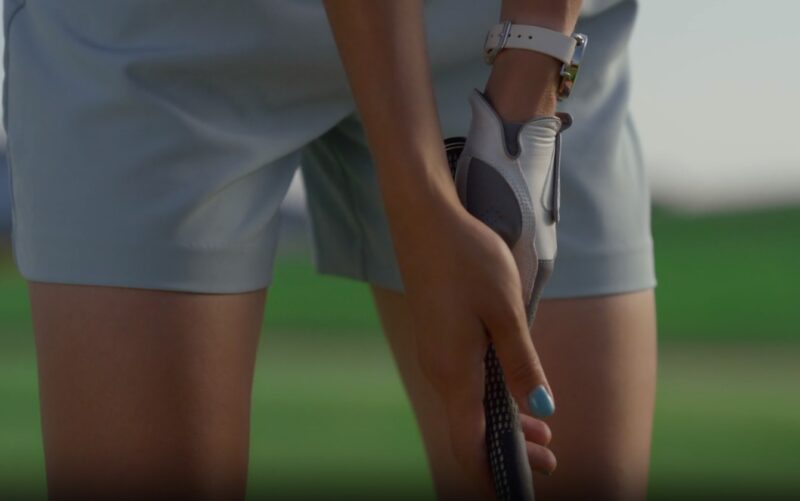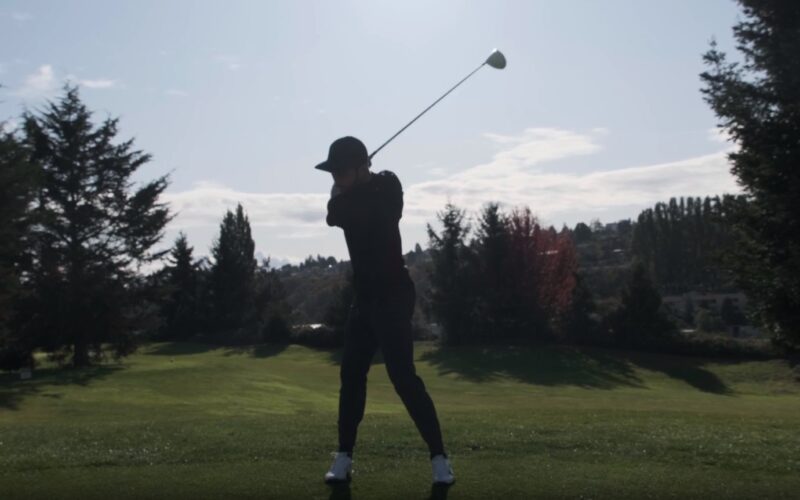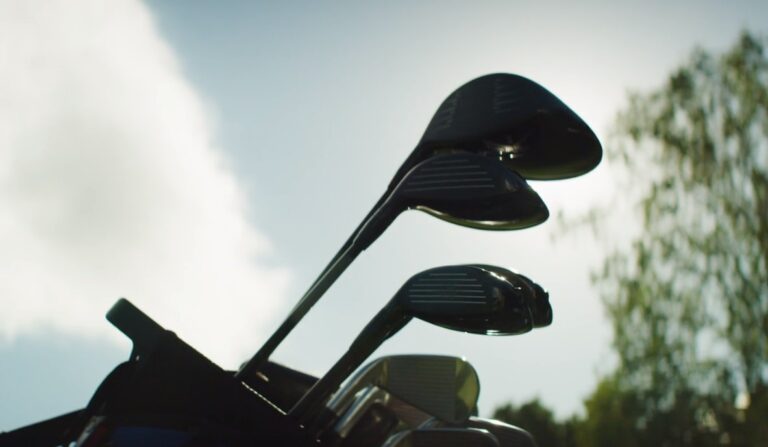When you’re new to golf, the sheer number of club options can be overwhelming. Among the most debated choices for beginners is whether to opt for a 3 wood or a 5 wood. Both have their good sides, but which one is truly the best fit for a novice golfer?
The Basics
They are designed to be used off the tee and for long shots on the fairway. The main characteristics are larger heads and longer shafts compared to irons, which help generate more distance.
What is a 3 Wood?
- Loft: Typically, it has a loft between 13 and 15 degrees.
- Distance: On average, golfers can expect to hit this model between 210 and 240 yards.
- Use: It’s often used as a secondary option to a driver, especially on tighter fairways or when accuracy is more crucial than distance.
It is a versatile club, often favored by players who want a reliable option for both off the tee and on the fairway. Its lower loft means it can produce longer shots, but this also makes it slightly more challenging to hit for some.
What is a 5 Wood?
- Loft: A 5 wood generally has a loft between 17 and 20 degrees.
- Distance: Golfers can expect to hit a 5 wood between 190 and 220 yards.
- Use: It’s an excellent choice for shots that need to get airborne quickly, such as when trying to clear hazards or when playing from the rough.
This model offers a bit more loft, making it easier for many players to get the ball into the air. This added loft can be especially beneficial for beginners who might struggle with lower lofted clubs.
Besides that, keep in mind that there are many other details that can improve your experience, even the selection of the hand for the glove.
Comparing Performance and Playability

When choosing between them, it’s essential to consider how each club performs and how playable they are for a beginner.
Distance and Trajectory
The 3 wood, with its lower loft, will generally produce longer shots. However, this added distance comes with a flatter trajectory. This means that while you might achieve more yardage, the ball might not stop as quickly on the green.
On the other hand, the 5 wood, with its increased loft, will produce a higher ball flight. This can be advantageous when you need the ball to land softly on the green or clear obstacles.
Forgiveness and Ease of Use
For many beginners, the primary concern is not just distance but also how forgiving a club is. In this regard, the 5 wood often shines. Its higher loft makes it easier for new players to launch the ball, and it can be more forgiving on mishits.
The 3 wood, while offering more distance, can be a bit more challenging to master. Its flatter trajectory requires a more precise strike, which might be daunting for some beginners.
How to Make the Right Choice?

The decision between them is also related to personal preference and where you feel your game needs the most support.
Consider Your Strengths and Weaknesses
- Driving Accuracy: If you struggle with driving accuracy, a 3 wood might be a better tee option due to its slightly shorter length and increased control.
- Ball Launch: If you have difficulty getting the ball airborne, the 5 wood’s added loft can be a game-changer.
- Course Layout: Consider the courses you play most often. If they feature tight fairways or numerous hazards, the control and trajectory of a 5 wood might be more beneficial.
Seeking Expert Advice
Never underestimate the value of professional guidance. If you’re torn between these two clubs, consider booking a club fitting or seeking advice from a local golf pro. They can assess your swing and offer personalized recommendations based on your unique needs.
Trusting Your Instincts
While data and expert opinions are invaluable, golf is also a game of feel. If you find that one club feels more comfortable or gives you more confidence, that’s a strong indicator of which direction you should go.
Factors Beyond the Club

While the debate is essential, it’s also crucial to remember that other factors play a role in your game’s success.
The Importance of the Right Shaft
The shaft is the engine of the golf club. When choosing between these two options, also consider:
- Shaft Flex: Ensure the shaft’s flex matches your swing speed. A mismatch can affect accuracy and distance.
- Shaft Length: While standard lengths are common, some players benefit from shorter or longer shafts based on their height and swing mechanics.
The Role of Technique
No club can compensate for poor technique. Investing in lessons and regular practice is just as crucial as selecting the right equipment. A good swing foundation will allow you to get the most out of whichever club you choose.
Personal Preferences and Feel
- Grip Comfort: The grip’s thickness and material can influence your comfort and control.
- Clubhead Design: Some players prefer a particular look at address, which can influence confidence and results.
- Sound and Feedback: The acoustics of a club can affect a player’s perception of their shots.
The Impact of Course Conditions

Another aspect to consider is the type of courses you frequently play and their conditions. Different terrains and environments can influence which club might be more beneficial.
Adapting to Course Length
For those playing on longer courses, the added distance of a 3 wood can be invaluable. It allows players to approach greens in fewer strokes, especially on par 5s. Conversely, on shorter courses or those with tighter fairways, the precision and control of a 5 wood might be more advantageous.
Dealing with Course Hazards
Water hazards, bunkers, and dense rough can significantly influence club choice:
- Water and Sand: The higher trajectory of a 5 wood can be beneficial when trying to clear water hazards or bunkers that lie between you and the green.
- Rough: If you find yourself in the thick rough, the 5 wood’s loft can help lift the ball out more effectively than the flatter trajectory of a 3 wood.
Weather and Wind Conditions
The weather can play a significant role in club performance:
- Wind: A strong headwind can make the 3 wood’s distance advantage less pronounced, while its lower trajectory can be beneficial in crosswinds. The 5 wood’s higher ball flight might be more affected by the wind.
- Wet Conditions: On wet days, the ball won’t roll as much after landing. Here, the 5 wood’s higher trajectory and softer landing can be advantageous, as it minimizes roll and helps the ball stay on the green.
Personal Growth and Adaptability

As beginners transition to intermediate and advanced players, their needs and preferences might change. It’s essential to be adaptable and open to re-evaluating your club choices.
Evolving Skill Set
As your technique improves, you might find that a club that was once challenging becomes more manageable. Some players who initially preferred the 5 wood’s features might later appreciate the 3 wood’s distance as their skills develop.
Changing Game Strategy
Your approach to the game might evolve as you gain more experience. You might develop a preference for playing more aggressively or conservatively, which can influence your club choice.
For instance, a more aggressive player might lean towards the 3 wood for its distance, while a conservative player might value the control of a 5 wood.
Continuous Learning and Experimentation
Golf is a game of continuous learning. Regularly practicing with both the 3 wood and the 5 wood can provide insights into which club suits different situations.
Over time, you’ll develop a deeper understanding of each club’s strengths and weaknesses and how they align with your game.
FAQs
Are there any specific brands or models that are particularly beginner-friendly for both 3 woods and 5 woods?
Many reputable golf brands design clubs with beginners in mind. Brands like Callaway, TaylorMade, and Ping often release models that emphasize forgiveness and ease of use, which can be beneficial for novices. However, it’s always a good idea to test a few models and consult with a golf professional or specialist retailer to find the best fit for your individual needs.
Can I replace other clubs in my bag with either a 3 wood or 5 wood?
Yes, some golfers, especially beginners, might opt to use a 3 wood or 5 wood in place of a driver if they find it more comfortable or consistent. Additionally, if you carry both a 3 wood and a 5 wood, you might decide to leave out one of the long irons or hybrids to maintain the maximum allowed club count of 14.
How do the costs of 3 woods and 5 woods compare?
The price of a 3 wood versus a 5 wood from the same brand and model line is typically comparable. However, costs can vary based on brand, technology, materials used, and the specific model. It’s essential to set a budget and research options within that range.
How often should I replace or upgrade my 3 wood or 5 wood as a beginner?
As a beginner, the focus should be more on improving technique rather than frequently upgrading equipment. However, as your skills progress and if you play regularly, you might consider evaluating your clubs every 3-5 years. Advances in technology or changes in your swing might warrant an upgrade.
Is it common for beginners to carry both a 3 wood and a 5 wood in their bag?
It varies based on individual preferences. Some beginners prefer the versatility of having both clubs available, while others might opt for one to simplify choices on the course. As you gain experience and understand your game better, you can decide if carrying both is beneficial for you.
Last Words
For beginners, it’s all about balancing the need for distance, forgiveness, and adaptability to various course conditions. As you grow in your golf journey, remember that the best choice is the one that aligns with your current skills, goals, and the challenges you face on the course.

